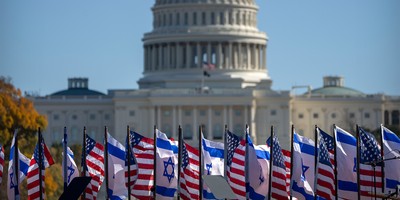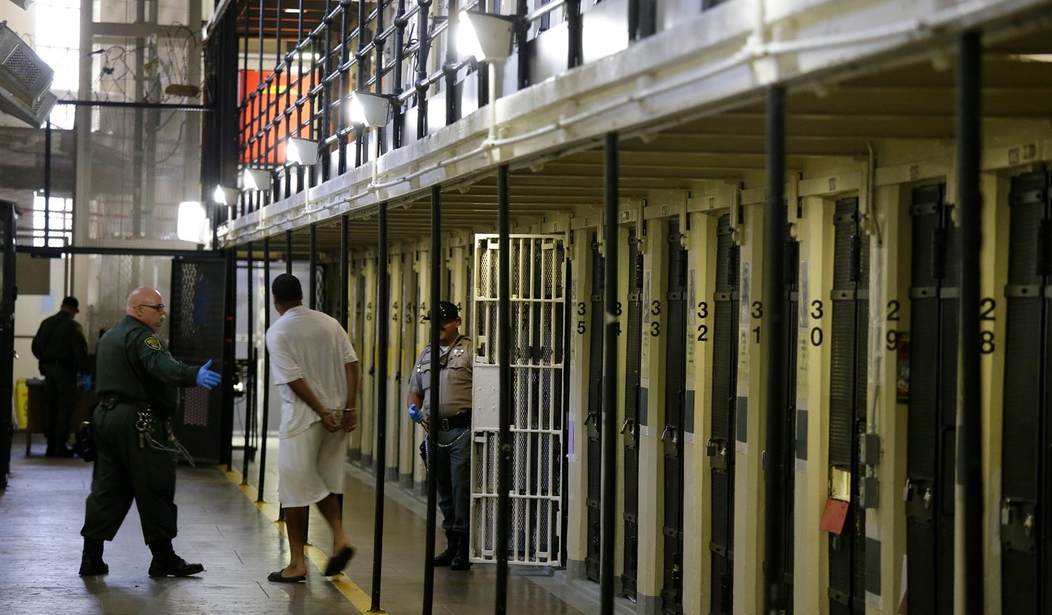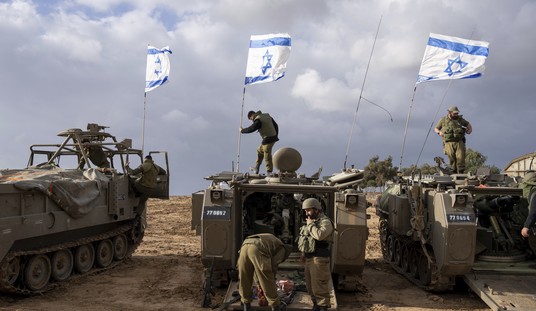When I was a boy, I spent some time inside San Quentin State Prison and got to know a few of the inmates there.
The San Rafael Little League played its games in that prison and a group of inmates known as "trustees" umpired them.
The grounds of San Quentin were considerably larger than the high-walled facility where the worst prisoners were kept -- and the trustees who umpired our games did not live behind those walls. They lived instead, as I recall, in Quonset huts that sat west of the big lockup and south of the field where we played ball.
These trustees did a remarkable job of maintaining our Little League field. The grass was always brilliant green. The infield dirt was smooth. The right and left field lines were perfectly straight, and from the right field line you could look out -- over the Quonset huts -- and see the sparkling waters of San Francisco Bay stretching out toward Tiburon and Angel Island.
The prisoners who umped our games were amiable men, who tried their best to do a fair and accurate job -- and invariably did. Talking to them and watching them umpire made my teammates and me understand that even in San Quentin there were men who were redeemable.
And that meant literally redeemable.
San Quentin Prison was also part of St. Raphael's Parish, site of Mission San Rafael Arcangel, which had been founded by Spanish Franciscans in 1817. It was the parish where some of my teammates and I attended church and school, and where one of the priests in residence had always been the Catholic chaplain at San Quentin.
Recommended
In 1927, a Catholic news service published a story about the priest who was then the pastor at St. Raphael's.
"The silver jubilee of the ordination of Rev. William A. Fleming, pastor of St. Raphael's Church, San Rafael, Calif., and chaplain of San Quentin prison, was celebrated with a Solemn High Mass in St. Raphael's Church on May 25," said the report.
"During the time he has been chaplain of San Quentin prison, he has made innumerable converts," it said.
In September 1928, the Oakland Tribune reported that Father Fleming joined Bishop John Mitty in a ceremony at San Quentin that confirmed 50 prisoners, including a man who had repented after killing a child.
"William Edward Hickman, Los Angeles child slayer, and 49 other prisoners will be confirmed into the Catholic church here Sunday at annual rites to be conducted by Rt. Rev. John J. Mitty, bishop of the diocese of Salt Lake," said the Tribune.
"According to Rev. William A. Fleming, pastor of St. Raphael's church, San Rafael, and one of the prison chaplains, ten women and 40 men will be confirmed," it said.
Two years later, Father Fleming, who was still serving as the chaplain at San Quentin, gave an address to the Knights of Columbus. He provided them with some advice on how to prevent young people from going to prison.
"Many ideas are suggested as preventive of crime, ranging from playgrounds and similar emotional outlets, to the twenty-four hour school law," he said. "But all of these are pitifully inadequate.
"There is in all the universe but one panacea, and that is daily religious training for the young," he said. "Put God into the heart of the child and you will never be held guilty of the crime of maintaining reform schools and penitentiaries as eloquent monuments to neglected youth."
But, ironically, San Quentin State Prison has historically had more chaplains than America's government-run schools. According to the website of the California Department of Corrections and Rehabilitation, a protestant clergyman first started offering services at San Quentin in December 1858 and a Catholic priest started offering Mass in March 1860.
In Texas, there has been recent controversy over S.B. 763, a bill passed by the state legislature that would allow public schools to have a chaplain.
"Public schools are currently in need of additional qualified individuals to counsel their students," says a summary of the bill. "Despite the fact that chaplains are trained in skills necessary to provide such counseling, school districts do not have the explicit authority to hire chaplains. S.B. 763 seeks to address this issue by authorizing public school districts and open-enrollment charter schools to employ a chaplain or accept a chaplain as a volunteer."
This proposal is a step in the right direction, but does not go far enough. A singular chaplain -- of a singular denomination -- could not serve all the students of multiple denominations attending a public school.
A better plan would embrace unlimited school choice. Every parent of every school-age child should be given a voucher equal to the per-pupil government expenditures at the local public schools. The parents should then be able to use those vouchers at any school they choose -- including those that are unapologetically religious.























Join the conversation as a VIP Member